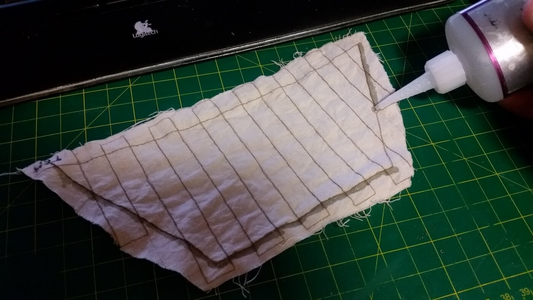More sail work. The challenges for making sails for 1:100 ship are different than making sails for larger models, which most people prefer. Corel is the only company that makes most of their models in this scale, and the details which are sacrificed from larger models have to be carefully selected or you will throw out things that would have made the model look more extravagant. On the other side, if you add details which appear on larger models, you cannot make them tiny enough to fit in scale. They appear grossly oversized. Things like hull trenails and iron tails, blocks, lines, and sail stitching are tempting to include on a small model when you are aware they should be on a ship, but at the scale of 1:100, some must be left out so that the appearance of the model at 1 meter will approximate the appearance of the real ship at 100 meters.
After careful consideration of how to make the bonnets and lace them, it was decided that the bonnet lacing would be simulated by a simple 3mm running stitch above the 0.5mm foot stitch of the main course, fore course, and lateen sails. 100% poly general purpose thread, #8060 "ecru" was used, and it is a shade darker than the tabling stitch thread on the periphery. The running stitch simulating the bonnet lacing was carefully and slowly machine sewn. The running stitch will appear equally on the rear side, when it shouldn't, but that is something I'll have to live with using this method. It would have been nice to have two running stitches atop one another to simulate the lacing loops, but I cannot run two stitches over one another accurately at the scale, it would over-complicate the appearance as well. At present, the bonnets and sails are still part of the same piece of cloth, but after staining, the parts will be cut into separate pieces so that the bolt ropes for bonnet and sail may be hand sewn onto their entire periphery.
View attachment 174207View attachment 174208View attachment 174209
 , I FINALLY got a decent camera, and was poking buttons on it like an idiot until I go these shots. The camera is a new (used) Nikon D3200, a great camera for beginners (me).
, I FINALLY got a decent camera, and was poking buttons on it like an idiot until I go these shots. The camera is a new (used) Nikon D3200, a great camera for beginners (me).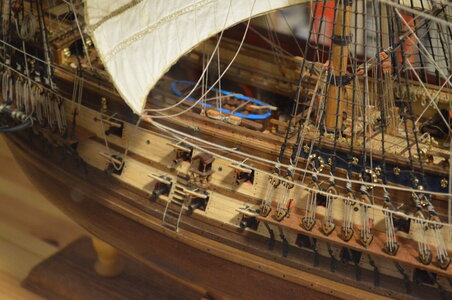
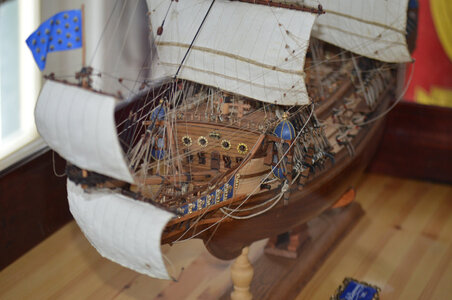
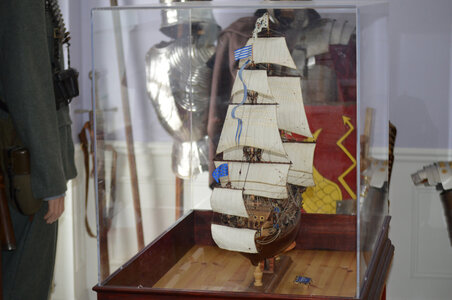
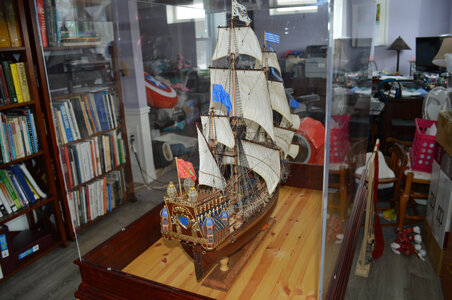
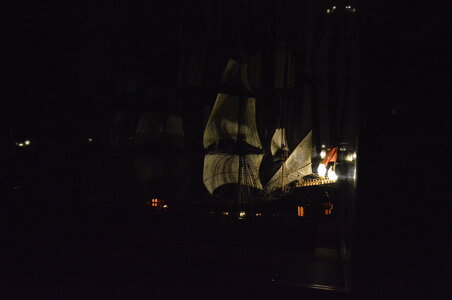
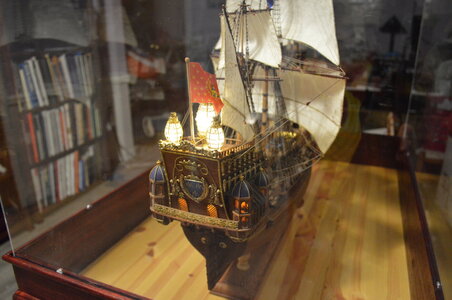
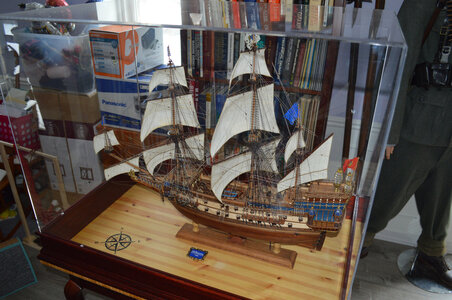





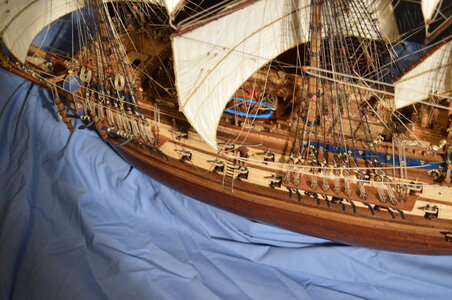
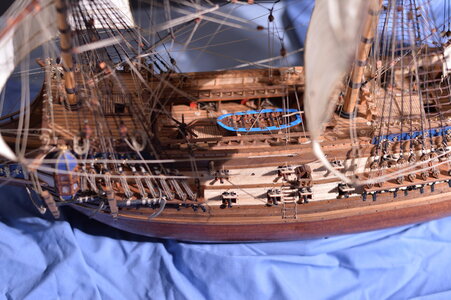
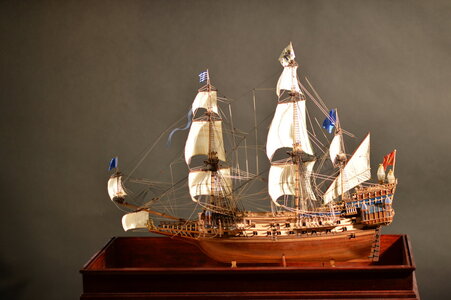
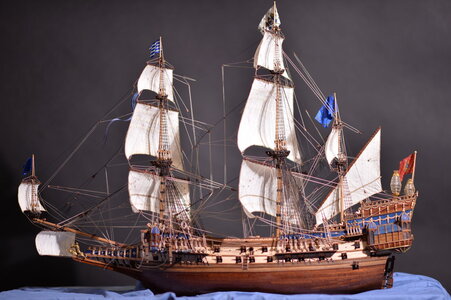
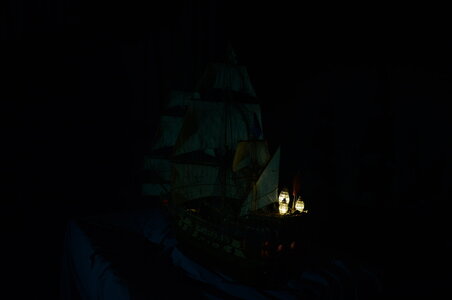
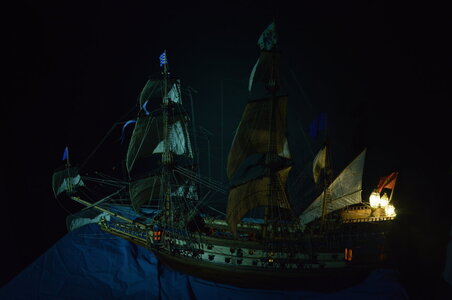
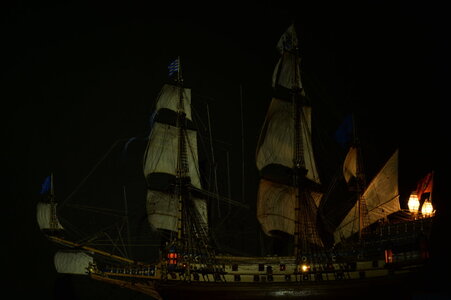
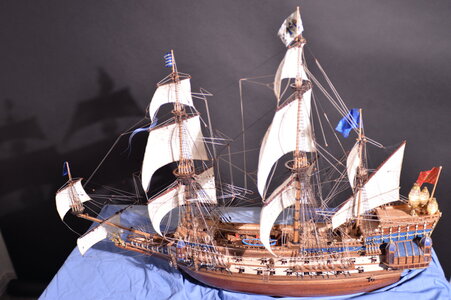




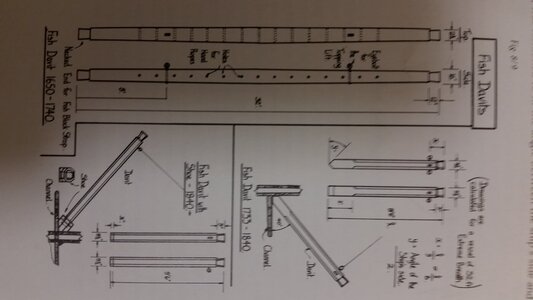
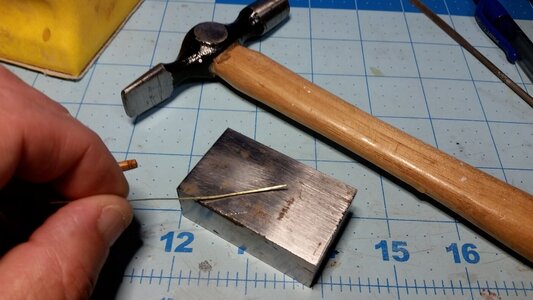
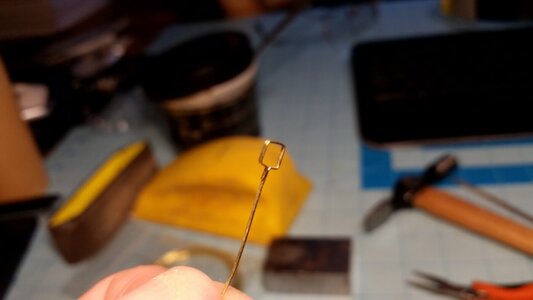
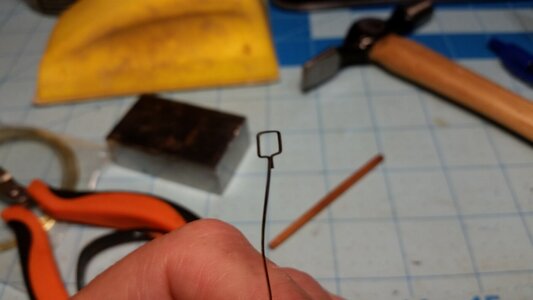
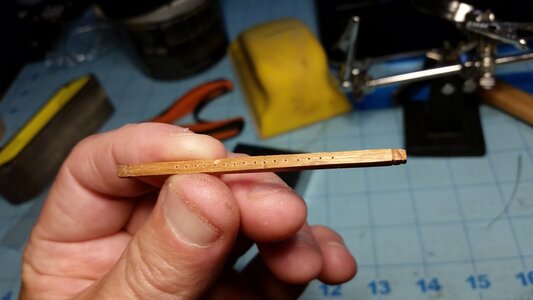
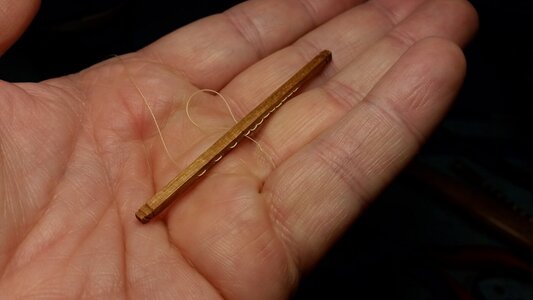
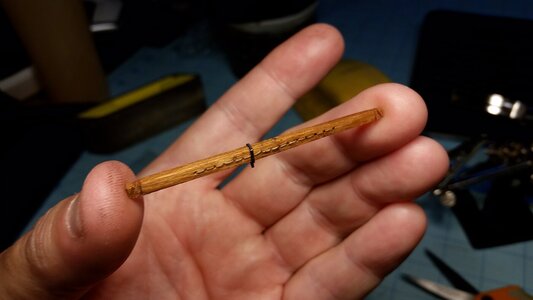
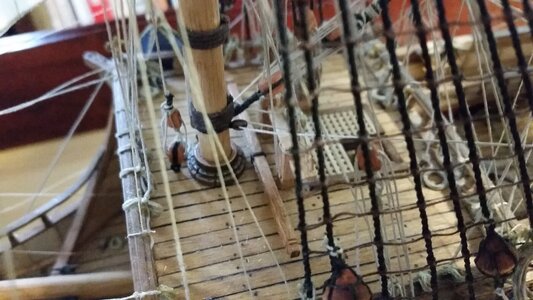

 ----- Anyway, well done and awesome stuff Mr Darius.
----- Anyway, well done and awesome stuff Mr Darius.